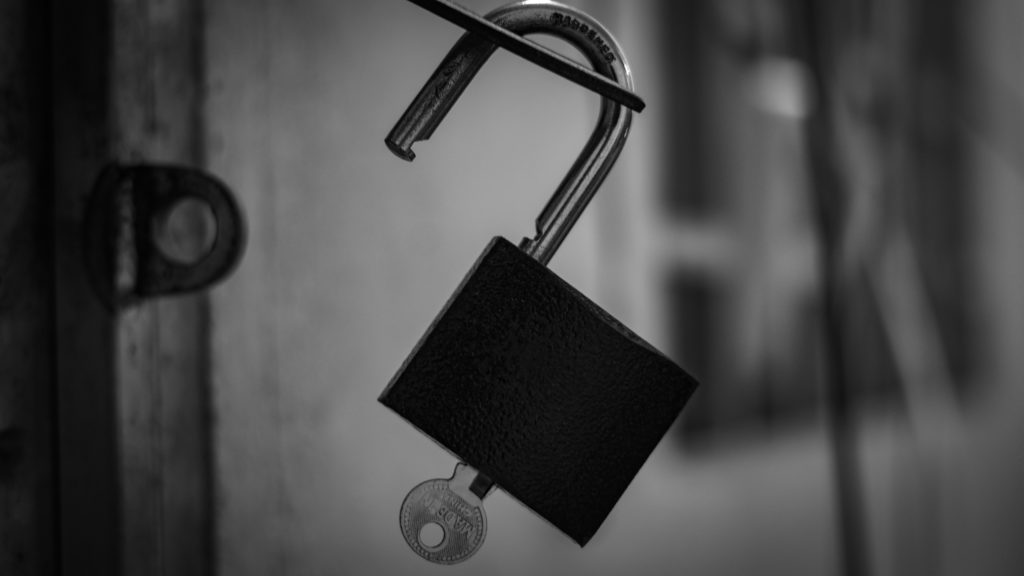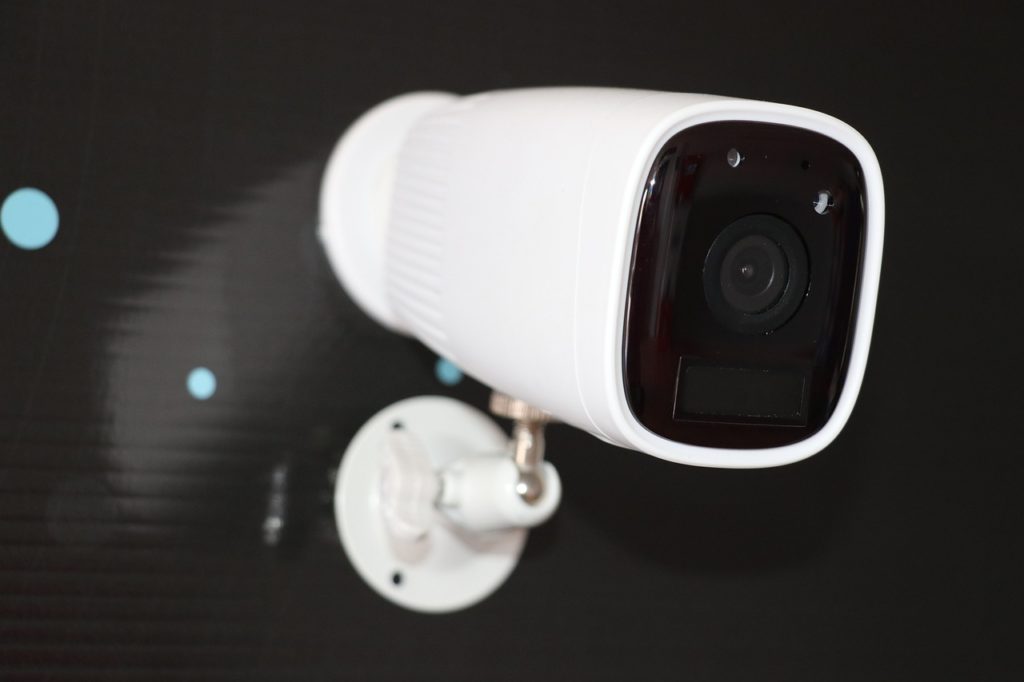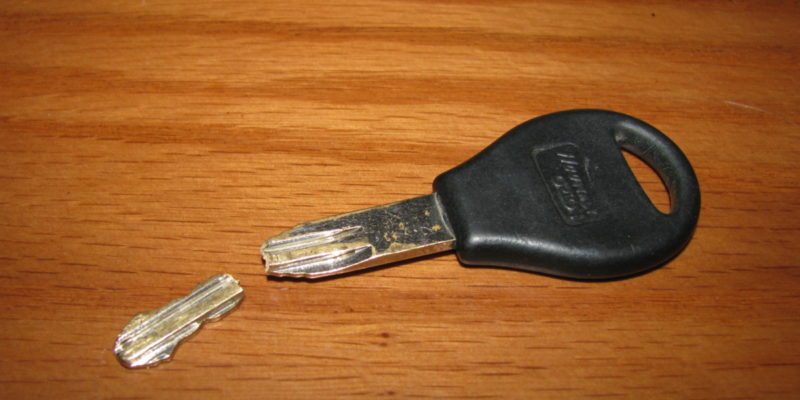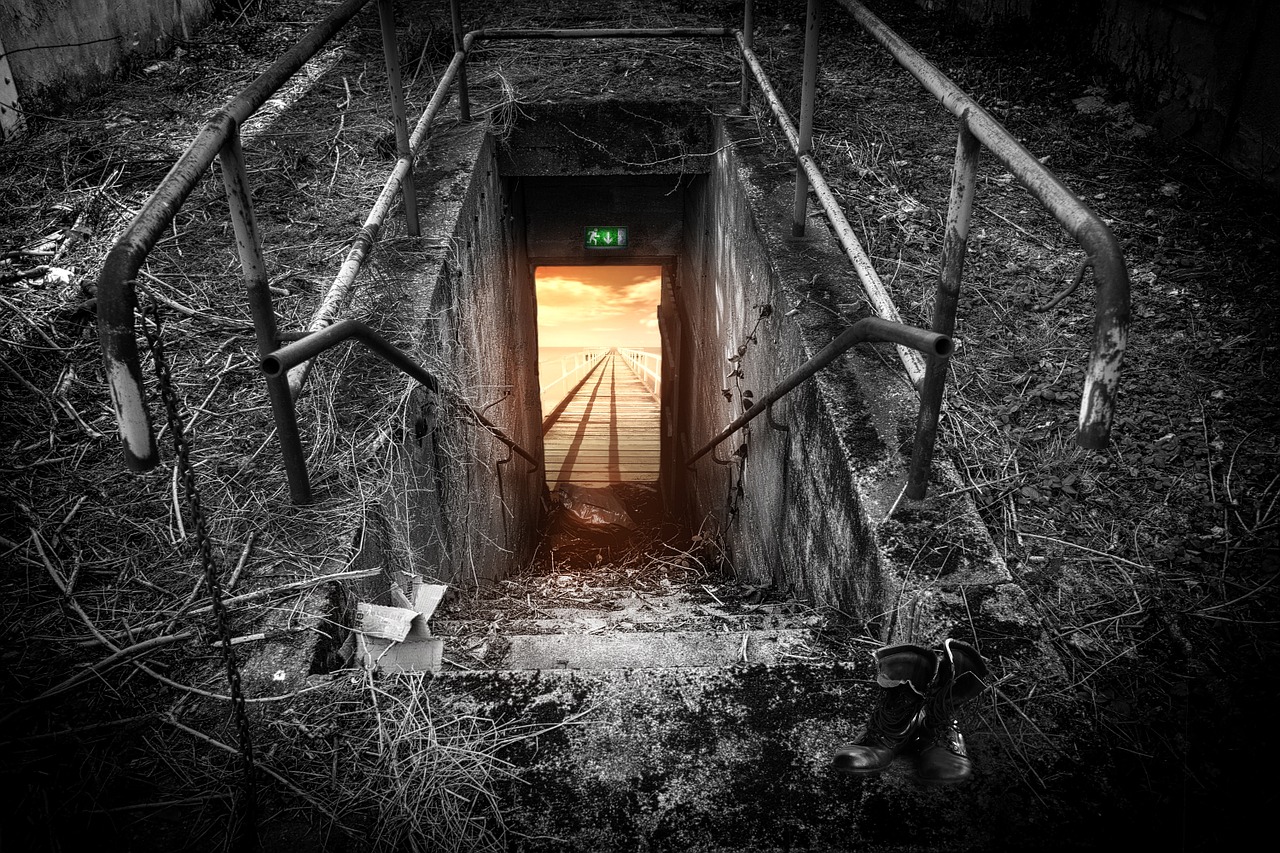We’ve compiled our top 29 escape room tips and tricks that we’ve used to achieve a 95% escape rate on the over 350 rooms that we’ve played. We’ve updated our guide for 2022 in order to reflect our latest advice as escape rooms have adapted to the COVID-19 pandemic.
The tips are broken up into 10 categories: assemble your team, communicate, spread out your efforts, keep things organized, search thoroughly, work with your host, solve puzzles efficiently, don’t break things, save time and money, and closing tips.
Assemble Your Team
Tip #1. Play with people you know
Fortunately, due to COVID-19, many escape rooms have switched to the “private” game model, where every game is reserved for your party only. However, some companies still do “public” games, which we don’t recommend for players since strangers are a wildcard and you may lose the common context for communication and shared norms. A group of college friends might be put in the same game as a family bringing their teenagers, for example. For public games, upgrading to a private-experience is usually offered for a premium. You could try your luck by booking last-minute, on weekdays, or on the first or last slot of the day.
Tip #2. Make your team the right size
The optimal team size for a game is never the maximum team size – just because a game says that its good for up to 12 people, doesn’t mean that you should bring 12 people to fill up the whole game. Owners have understandable incentives to accommodate larger groups than appropriate.
Beyond introducing physical crowdedness, over-packing your game also means each player gets to experience fewer puzzles and “aha!” moments. There will also be additional overhead in getting players up to speed. As a general rule-of-thumb, the ideal capacity of a room for a non-beginner team is around 50% of the listed maximum capacity. If your group is too large for a certain game, consider splitting up the group to play different rooms in the same facility, or rotating playing different games in the building.
Communicate
Tip #3. Listen to your teammates
Escape room teams function best when they try everything. So if your teammate has a crazy but somewhat reasonable idea, listen to them and try it with them! If you think it’s a bad idea, still encourage them to try it nevertheless. As long as the crazy idea is reversible, it might just move you closer to the final solution. At the very least, it will be fun!
Tip #4. Yell out loudly what you find
This tends to be fairly chaotic but very effective. Escape room games are won and lost based on how quickly two team members who found related items can match them together. This includes things like a code and a key, a key and a lock, or a pattern that appears the same way in two different places.
Tip #5. Pass the baton
If you’ve been staring at a puzzle for too long and can’t figure out the solution, enlist a fellow team member to help or take over on the puzzle. This helps make sure that puzzles don’t get forgotten, and that there are enough eyes on each unsolved puzzle. This can continue until a few people can’t figure it out – that’s usually a sign that you don’t have all of the information yet (or that you need a hint!).
Spread Out Your Efforts
Tip #6. Work on what other people aren’t working on
This helps spread apart your team and have each team member be maximally effective. There’s a tendency to dismiss or skip over some puzzles that are “too hard” to do at first glance. This leaves some puzzles forgotten and undone until someone realizes that they’re needed.
Tip #7. Be a contributor, not a spectator
It’s too easy to be a spectator when interesting progress is being made on a puzzle, but people are more effective when they’re spread out and working on what needs to be done! If there’s only one puzzle open however, by all means let the whole team brainstorm.
On the contrary point – if someone is intently focusing on accomplishing a single task (e.g. entering a combo into a school-style combination lock), resist the urge to chime in and let them focus. Don’t break their concentration!
Keep Things Organized

Leave the key in the lock and the lock on the latch when you’re done.
Tip #8. Keep a used key in its lock, a used lock on its latch
A key is almost never used more than once. Leave it in the lock for your sanity. This will help prevent the key from being used again, prevent someone else from trying out another key on the lock, and prevent you from accidentally locking the object again. Similarly, keep used locks in their box (or hooked onto the thing it formerly latched). This also helps keep your workspace organized, and your game masters will love you when they come back to reset.
Relatedly, once you discover a key, the key can almost always immediately be used to unlock something in another part of a room. It is very rare to find a key which you can not immediately use, unless the item that you are unlocking requires multiple keys.
Tip #9. Make a “discard pile”
Separate objects in the game into a “used” pile and an “unused” pile. This helps prevent team members from examining the same object again and again. This also helps you connect certain “unused” items by placing them in physical proximity! Note that in some escape rooms, objects may be “used” more than once.
If you’ve placed items on a platform or in a slot and that unlocked something, leave the items in the slot. They belong there now, and this reduces the chance that someone comes and inspects an already-used clue.
Tip #10. Organize objects neatly
This helps keep the room tidy, so you can find what you need. This also lets you keep together related objects, so you can find all of them right when you need them. Some examples:
- Make a clear space on the table in the room, and place loose objects in that space
- In a dimly-lit room, keep unused objects under the brightest spot in the room
- Stack related papers together, with a slight offset so you can see each paper
- Keep related items together (e.g. wooden blocks with symbols).
- Spread apart an important piece of cloth
Search Thoroughly

Find a stack of books? Do a quick flip through them to see if anything is hidden inside. Maybe one is a book safe! Don’t waste too much time looking at them though.
Tip #11. Divide and conquer to search
At the very beginning of each game, split the room into sections and assign different people to comb through each section, looking for objects of importance. This helps make sure that the room is thoroughly inspected, and helps prevent the case where certain areas are overlooked and certain other areas are repetitively combed over.
Tip #12. Search the room thoroughly
Be extremely thorough when looking and touching everywhere, as if you were painting the room rather than as if you were just looking for where you put your phone. Sometimes key objects can be in the most exotic (or non-exotic) of places, like:
- tucked in a coat pocket
- nestled into part of the set
- clamped within a book
- within a book safe
- in a secret compartment of the floor, wall, or shelf unit
- magnetically attached to a column
- tucked between the floor and the wall
Work with your Host

Each room in an escape room is usually equipped with both cameras AND microphones. Your host can see AND hear you, don’t do anything too embarrassing!
Tip #13. Listen to your host
Listen to the intro and rules by your game master – your game master might slip some helpful hints at the beginning that will save you a lot of time. This applies to the hints that they give in-game too, especially if they are live action actors. All of the staff in-game will try to nudge you in the right direction.
Tip #14. Ask for hints
There’s almost always a hint system in the game. You may have to wave into a camera, use a walkie-talkie, or pay attention to the in-game actor. Regardless of how hints are distributed, we recommend asking for hints whenever you feel overly stuck or have stopped having fun. Game masters are trained to push you in the right direction so you can start solving puzzles again.
Tip #15. Code doesn’t work? Confirm with your host.
If you think you’ve entered in the right code but nothing unlocks, confirm your code with your game master. This helps you know immediately whether you should figure out a new code (maybe you got the wrong 5-6 letter word for a cryptex), or if the lock is just fiddly. This is especially useful for locks that require instructions (school-locker-style combination locks or directional locks) or touchpad locks with a “clear” functionality, where there is no visual representation of what has been entered.
Solve Puzzles Efficiently

Don’t look up here. (Photo Credit: Adamantios)
Tip #16. Know what to ignore
This is best gathered through experience, but here are some common things that new escape room players discover that are almost never important to the escape room.
- Numbers stamped on old furniture – These are left over from the furniture manufacturer as a model identifier or a serial number.
- Electrical components – This is a safety issue, don’t mess around with power cords or power outlets.
- Don’t touch the ceiling – Never try to look behind a drop ceiling tile or touch the ceiling. It’s a waste of time and also a safety issue. There can however be items that you can on the ceiling, but these never involve touching the ceiling.
Tip #17. Attempt combo solutions frequently
Unless the lock is some sort of “lockout” safe, attempting combination solutions whenever you have a plausible correct solution gives you quick feedback on if you’re doing the right thing. If you’re lucky, your first guess might even be right! This tip is combined well with the the next tip – if you have 3 out of 4 of the numbers on a combination lock, immediately input in the 3 digits and cycle through the last one.
Tip #18. Skip the last few digits or letters
Some examples where you can skip some minor steps include:
- Don’t finish that substitution cipher – Decoding substitution ciphers are usually quite tedious. With some strategic choices of what letters to decode, you can usually figure out what the words are saying without decoding every single one.
- Figuring out the last digit in a lock – If you know the first 3 digits in a 4-digit combination lock, you can just cycle through the last options for the 4th one.
- Figuring out the last few letters in a wordlock – This is like solving a crossword. If you have a 5-letter word that starts with M and ends in C, try MAGIC or MUSIC, depending on the theme of the room.
We only recommend skipping the last few digits or letters when you know that actually solving them will be tedious. We do not recommend skipping entire puzzles.
Don’t Break Things

Cabinets, drawers, and doors that are hard to open are likely supposed to stay that way. Please don’t try to force it open. (Photo Credit: Peter Dowley)
Tip #19. Don’t use excessive force
Breaking things is both bad for the escape games and the players – for everything including game functionality, player safety, and important game sequences. Avoid forcing open any doors or detaching anything from the walls that don’t easily come off. Avoid climbing on furniture, or touching the ceiling. The game masters will usually brief you beforehand on what things you shouldn’t do.
Tip #20. Don’t play drunk
Escape rooms are a lot more fun when played sober. Come in with a sober mind ready for some puzzle-solving, quick decision-making, and effective communication! Celebrate afterwards instead of before!
Save Time and Money
Tip #21. Check the company’s social media for promotions
Escape room promotions are usually announced on their social media (mostly Facebook and Instagram). They may also have a mailing list that you might be able to join from their website. Their website should also have full details on pricing (some companies charge less on weekdays). During the holiday season, many escape rooms offer discounted gift cards or vouchers.
Tip #22. Book now, add additional players later
For private games, escape rooms will let you add (and pay for) additional players when you arrive, as long as you do not exceed the maximum room capacity. If you’re not sure how large your group will be, you can book whatever you need to reserve your game (consider it your deposit), and pay for the rest when you arrive. Be warned that this may not work for public games.
Tip #23. Fill out the waiver before you arrive
Due to COVID-19, many escape room companies have moved away from paper (or shared iPad) waivers, and moved to a QR-code based waiver system. Some popular escape room administration software includes this. Check out your booking email to see if it’s possible to fill out the waivers online before you arrive, this will save time, especially if there are minors in your group.
Tip #24. Bring a watch and reading glasses
There are very few personal items that you are allowed to bring into a game and use – two of the items that you ARE allowed to bring into a game and use are 1) a wristwatch or 2) reading glasses. A watch will let you keep track of how much time is left, which is helpful when the game does not provide an easily-accessible clock or timer. A watch with a glow function will also come in handy to shine on a dimly-lit lock. Reading glasses will save you time if you need them.
Tip #25. Survey the room before your timer starts
When you first enter the room, usually there is some sort of introduction (either from your host or an intro video) before your timer officially starts. While you shouldn’t touch anything yet or go searching, this is a great time to do a very quick visual survey of the room to take mental inventory of what you might want to look at first. Still, please do pay attention to the any instructions or story given to you by your host or the intro video!
Closing Tips
Tip #26. Don’t go for the leaderboard
You paid $30+ per person for a 60-minute experience, do you want to rush through and finish the whole thing in 25 minutes? While being on the leaderboard is a nice ego boost, the value of an escape game is in the experience itself, and we always recommend savoring it, enjoying the story and your surroundings. Besides, if you’re setting records, you probably brought a team that was too big (See Tip #2).
Tip #27. Look at the broader picture
Avoid getting too stuck on any one individual puzzle; you may not have enough clues to solve it yet. Have at least one member of your team keep track of the larger picture, which involves figuring out what smaller puzzles need to be done, what final objects need to be collected, or what final objective needs to be done. This sometimes allows you to just skip over the smaller steps.
Tip #28. Apply Occam’s Razor
Don’t overthink any of the puzzles. Escape games are meant to be fun for a larger audience, which means that they generally don’t require prior knowledge, prior experience, or a complicated explanation for anything. Go for the simpler solution. Usually escape room puzzles have a clear “aha!” when you discover the right approach.
Tip #29. Don’t be afraid to lose
Some of our most satisfying escape rooms were ones where we didn’t escape. The game is a lot more fun when you solve puzzles genuinely and don’t panic about not finishing. These games can be hard, but are also simultaneously fun and immensely satisfying. Enjoy yourselves, embrace the journey with your friends and not the outcome, and you will have lots of fun!
Liked this post? Follow us @escaperoomtips on Facebook, Instagram, or Twitter to get notified when we post more escape room articles! You can also subscribe to our blog in the sidebar.

January 22, 2017 at 2:50 pm
Just did my first escape room. I might add beware red herrings. In the escape room I did there were at least 3 padlocked drawers that we never had to open and wasted time on trying to open; and clue cards that never resulted in any forward progress.
January 22, 2017 at 10:07 pm
Wow, I’d definitely consider that pretty bad game design, and those distracting elements should really be removed from the game.
Red herrings are quite tricky to hint about, since you never quite know what is a red herring or what isn’t until after you’ve finished most of the puzzles. My advice for game owners is to not include them (specifically, things that seem important but aren’t) unless there’s a compelling reason.
September 29, 2024 at 8:53 am
Red herrings are added to distract the players from the actual solution of the escape room to make it harder/more difficult to escape, because it is often time wasting to be examining something that has nothing to do with the actual solution.
February 11, 2017 at 12:04 pm
My family and I went to The Secret Chambers in Fort Worth, tx on February 8, 17. It was our first time and the ages ranged from 17 to 85. Why we didn’t think of leaving the keys in the locks, I don’t know. But that IS a good idea. We thought a key might open more then just one lock though. There were 10 of us and we figured it all out with 3 minutes to spare. The manager said 40% of groups never figure it out in time. There was also a cool surprise having to do with the cannon that wowed us and gave us another key or map.
February 26, 2017 at 5:19 pm
I tend to leave keys in locks because it makes sense to me and shows what I’ve used. This strategy backfired recently when one key opened two locks. I couldn’t find one last key, only to learn it was in another lock. I’ll keep on leaving keys in locks, but if I’m one short, I’ll know I might need to reuse a key! 🙂
February 27, 2017 at 7:01 pm
Good point – we’ve had this exact situation happen to us once too, when we couldn’t find a key and then a hint revealed that we had to use a key twice. I’ll add a note that in rare cases a key may be used more than once!
September 29, 2017 at 7:35 am
Hubby and myself are doing the Mystery Mansion at Breakout Montgomery tonight.
We have never played any Escape Rooms.
Theses tips are extremely helpful, so thank you for them.
October 5, 2017 at 10:58 pm
I tried an escape room for the first time tonight, and it could have gone better. The idea of our room (Curse of the Evil Genie) was fun, but unfortunately the execution was shoddy, and this is more for game designers:
MAKE SURE THE COMBINATION IS CORRECT ON YOUR COMBO SOLUTIONS!
We tried the solution we received at least fifteen times and it just. wouldn’t. open. So unfortunately we ran out of time.
Our game master, however, opened the lock just fine…and the third number in the combo was NOT the third number we got in our solution.
So it was either the solution was wrong, or the lock is so degraded from use that the chambers are starting to falter. REPLACE THESE LOCKS!
Secondly, BAD HINTS RUIN THE FUN. Our game master kept pointing out something on the wall, and all along was using the wrong color to refer to a puzzle needed to advance to the next part of the room. We eventually figured it out, but that was 10 minutes wasted on a bad hint that the game master kept repeating to us.
I really hope my next experience is better.
January 22, 2018 at 8:48 am
Tip #1 and #2 and #23: Just had my first experience with 6 friends and 3 strangers. The strangers had completed 5 games that day — they were on a serious quest and excluded the rest of us. We had to be quite assertive even aggressive to get in on figuring out puzzles. One of the players grabbed a clue out of my hand, another walked around with 2 clues until one of my friends took one from her. Sure, we all wanted to win and escape — but we also want to have fun. After 5 games they knew more than we did about finding clues and figuring it out — but they could have also been more generous and instruct us to do something – or include us in some way. They barely spoke to us. They called instructions out to each other. Interestingly, One of them struggled with the last item/clue: putting a key together. We said give it to our friend, as he took a locksmith course. the guy continued to struggle with it until he finally gave it up to our friend, who put it together in seconds. Unfortunately – we had already gone over the hour – they gave us more time because we were so close. It took us 2mins longer to finish. Had he given up the key to our friend we would have made it within the time allowed. Don’t be so competitive with the people in the room that you end up losing because you have to be the winner of the group. There might always be a mixed group of experience vs first time players. Make friends before you go in and make a plan on how to manage it so that everyone has a chance to play – Tip #12. I wish I had read these tips BEFORE I played the game.
November 10, 2018 at 6:42 am
Laura, I have even seen parents exclude and squash their children in their single-minded rush to “win” by beating the clock. When human beings are put under a time pressure, their ability to view the larger picture, can become blocked by tunnel vision. The larger picture is: this is a chance for my family to create a wonderful memory together, a chance for me to be surprised by seeing new qualities in my family members and friends, etc. That’s why it helps to have expectations stated and gentle (or firm) reminders during the game that everyone needs to have fun, everyone needs to be included, and that the goal is not JUST to beat the clock, but to make a great memory together, affirm each other, let each other shine. This is especially important when escape rooms are used as group-building exercises, such as in youth groups or clubs. But I think public ones can benefit as well from this kind of leadership.
May 25, 2018 at 2:54 am
Yesterday I had my first experience with few friends in Escape Room game about Dracula. Frankly, it was a little too advanced escape room for us all since first 20 min we struggled really bad and wasted a lot of time. Fortunately, I was the one who gave the necessary instructions to all the people in the escape room and we started rushing through clues, puzzles and quests :))
The fun part was that we finished just 21 sec before game was over…I was really excited about that and now wanna play it again 🙂
Thank you for the tips William, the next time I’ll do things the way you suggested in this awesome article 🙂
August 19, 2018 at 11:40 am
Brilliant tips. I’ve only done a couple of escape rooms and one was definitely too full, so we were crowded and several of us ended up just standing around.
Oddly enough, the very first one I did had the final combination code hidden in a power outlet. We spent the last 2 minutes looking at everything except that (and subsequently didn’t escape) because we all know that “you don’t mess with plug sockets”!!!
I’m doing another one in 2 days, so thanks for all the helpful advice.
September 11, 2018 at 12:39 pm
Love your tip list!
September 11, 2018 at 12:42 pm
Thanks Christine! 🙂
October 6, 2018 at 9:07 pm
Did one with 6 strangers (fraternity students) who were not happy that my friend and I were there. They made it verbally clear that they had no intention of sharing or talking to us. They refused to give us any clues they found and even physically threatened me and my friend to hand over any clues or “get stomped and never leave the room”. At one point they told us to stand in the corner and don’t move or speak or they would hurt us. It was the worst escape room experience ever. We ended up sitting on the ground for 50+ minutes just staring at the ground. The employee finally opened the door when one of the college guys kicked my friend in the shoulder. We did end up getting a refund but will never do an escape room again. Horrible experience!!
October 7, 2018 at 1:56 am
Yikes, that’s one of the worst stranger stories I’ve heard in an escape room. Glad you got your refund.
November 11, 2018 at 5:25 pm
Man, that’s awful! The whole thing should be on multiple cameras, with the game master as impartial witness to threatening physical harm AND actual assault! These punks belong behind bars.
October 26, 2018 at 7:00 pm
OMG. My school has a Halloween dance and the only reason I am going is because there is a Secret Escape Room, and the time limit is 7 minutes. I haven’t tried it yet. Reading for tips!
November 10, 2018 at 6:34 am
Having observed groups in twenty or so library escape rooms, I can say tips 4&5 are the most crucial, and often groups need primed to communicate that well with each other, so I mention it at the beginning. Also, as part of the introduction, I point out that there are different ages involved here, and everybody needs to have fun by getting their hands on things and solving some things themselves. I intervene at points asking, “is your whole team getting to participate?” or nudging someone who thinks they’ve been sidelined towards a puzzle they can work on separately. The biggest problem I see is someone picking up and walking around with a clue nobody else knows they have. Or walking around with the ultraviolet flashlight looking at irrelevant things, and nobody else really realizes they have it. Also — I strongly discourage tips 16 & 17 — it’s annoying to have someone who wants to be a “safe-cracker” because the room has been designed to have a storyline, — by skipping parts of the puzzles you miss out — and it seriously diminishes the satisfaction factor — the feeling of completeness when the story comes full circle at the end and you’ve discovered all the parts and how they fit together.
January 18, 2019 at 6:22 am
Must I early book
January 18, 2019 at 9:36 am
I recommend it for popular times, else your spot may be taken. If your plans change, many escape rooms will let you reschedule if you give sufficient notice.
January 18, 2019 at 3:57 pm
If I early book, I’ll pay immediately or pay on that particular day
January 18, 2019 at 4:00 pm
Almost always you will pay immediately or at booking (at least in the markets i’m familiar with)
December 23, 2019 at 6:10 pm
Can anyone recommend a easy escape room for beginners? Thanks in advance!
December 23, 2019 at 6:15 pm
What city area are you looking to play in?
February 23, 2020 at 5:57 am
London/Surrey. I live in Guildford.
February 27, 2020 at 12:11 am
We have a list of London recommendations at http://escaperoomtips.com/top/london-escape-rooms. The “School of Witchcraft and Wizardry” at Enigma Quests may work for your group.
January 13, 2020 at 3:17 pm
What age do you have to be ? And where are u
February 3, 2020 at 11:34 am
Usually escape rooms have an age minimum of somewhere in the teens, although it varies by location. We are based in NYC.
January 13, 2024 at 5:21 pm
My wife and I did a room in Steamboat Springs Co. We did a Fire Search and pet Rescue as I had been a firefighter. We had no idea about escape rooms but thought it would be fun. We had to have a hint given in the first 10 minutes or so as we were on the right track but going in circles. It became much easier after the hint to figure out a lot of the future puzzles. The master gave us and extra 15 minutes because he saw we were getting there. Also, we found out afterwards that we had chosen the hardest room to escape. The tips here will be a tremendous help in our future games.